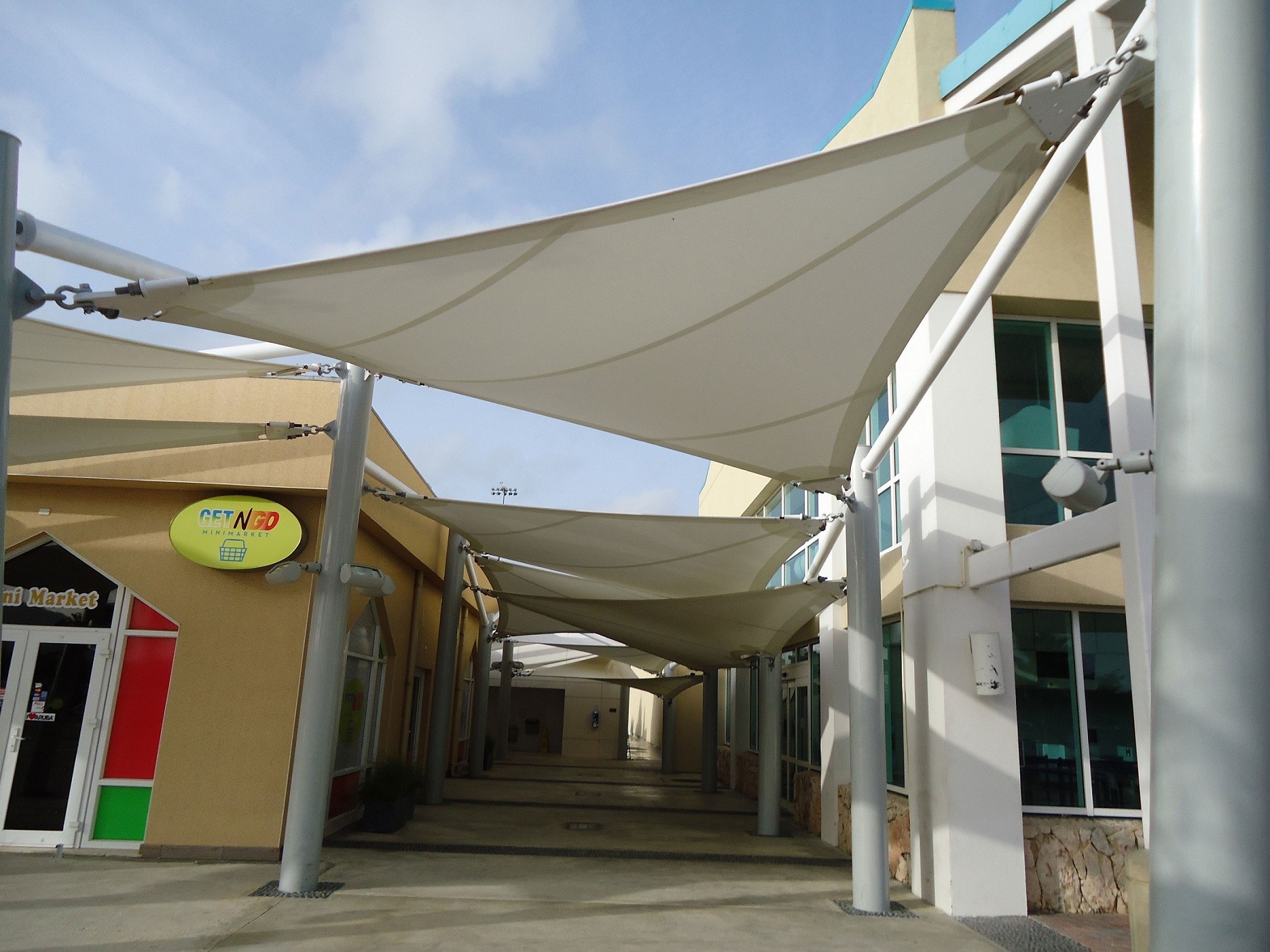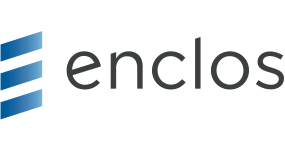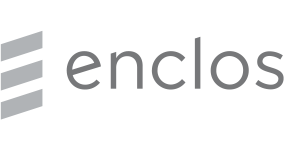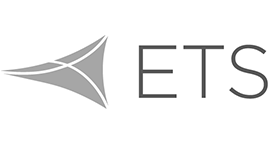
Not all industrial fabrics are created equal. Some provide translucency while other provide transparency. Some are woven to handle significant snow loads in cold climates, while others are weaved to simply shade the sun in warmer temperatures.
Here are some questions to ask yourself about the project you’re designing:
• Is your project near the water?
• Is it meant to last 5, 10, 20, or 30 years?
• Do you want to see it from afar or do you want it to be dark inside at noon?
In most States, permanent, totally enclosed structures require a “non-combustible” or Class A/B rating according to building codes. The most recognized and accepted material used for architectural applications is TEFLON™ Coated Fiberglass or PTFE.
Recognized manufacturers include Saint Gobain, Verseidag, FiberTech, Chuko and Taconic. TEFLON™ comes to the site brown, like a pair of khakis, but bleaches to a milky white over time (usually 4-8 weeks).
The biggest problem with TEFLON™ is that it is stiff and brittle and must be handled very carefully to avoid breaking the fibers. The best part is its life span (30 years) and “self-cleaning” attributes.
Other “non-combustible” materials include silicon-coated fiberglass, like Sefar’s Tenara and ETFE.
But the majority of fabric structures being considered today are for uses which do not require complete enclosure. That means, they are most likely “open air” or do not require a Class A rating. Class C is the most common rating and NFPA 701 is the most accepted certificate for most Fire Marshals. Vinyl coated polyester (PVC) is the most common material used on the market today.
PVC material comes in a variety of colors, strengths, weights, thickness, perforations, translucency and textures. The material is pliable and stretches quite nicely. You can find material with 10, 12 and even 15-year warranties. You can find material that is 50 to 100” wide so you can have few, fewer or the fewest amounts of seams.
Manufacturers of PVC architectural fabrics include Ferrari, Mehler, Naizil, Seaman and Verseidag, to name a few. These are the names most seen on specifications, which means that these companies are directly marketing and assisting the architect in the early stages of the design.
PVC also comes in a variety of top finishes: acrylic, PVDF and PVF film. There is much debate about top finishes but all manufacturers agree that they are needed to protect the base fabric from UV degradation, water and wind.
PVF is a film applied to the main fabric while acrylic and PVDF are coatings. Both PVF and PVDF claim to be “self cleaning” or provide the base material with a much cleaner and maintenance free surface but both require additional work in the shop, which may be unknown to the Architect.
Both high-end PVF and PVDF require that the topcoat, or film where two panels are to meet, be grinded off in order for them to be RF welded. This is time consuming and requires great care in order to keep the seams clear of dirt, model and mildew. There are “weldable” PVDF fabrics out there, but their warranties are not as long as the high tech topcoats.
PVC Structures love graphics and provide a great backdrop for projected images.





